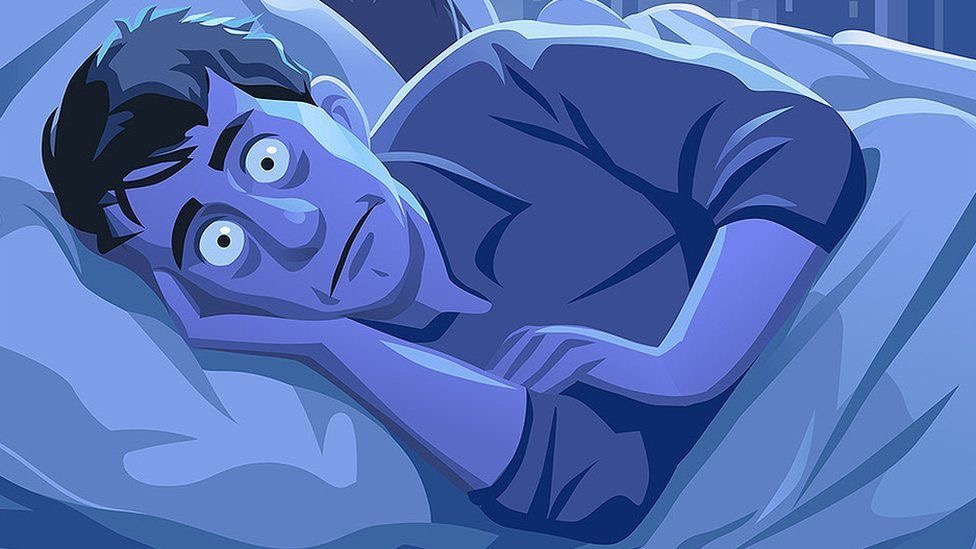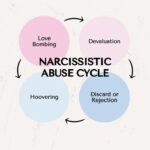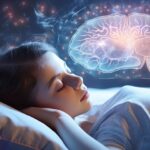What is Insomnia?

Feeling restless at night? Tossing and turning, unable to quiet your mind? You’re not alone. Insomnia, that frustrating difficulty falling or staying asleep, or waking up too early, is a widespread issue. But how we understand and tackle insomnia has come a long way!
What Exactly is Insomnia?
Insomnia is defined as presence of non restorative sleep or difficulty initiating or maintaining sleep or early morning awakening. It is the most common sleep complaint and may be transient or persistent.
For years, doctors tried to categorize insomnia into different boxes, like “primary” or “secondary.” But the latest thinking, reflected in the International Classification of Sleep Disorders (ICSD-3) and the Diagnostic and Statistical Manual of Mental Disorders (DSM-5), takes a broader approach. Experts now recognize that it’s often tricky to pinpoint whether insomnia is the main problem or linked to something else.
The types of insomnia can be described on the basis of different factors.
On the basis of duration, it can be divided into the following types
1. Chronic insomnia : lasting 3 months or more, at least three nights a week and
2. Short-term insomnia : lasting for less than 3 months.
3. Transient insomnia : lasts for a few days or weeks.
The core symptoms remain the same: trouble falling asleep, staying asleep, waking up too early, or even resisting bedtime. These sleep struggles often lead to daytime problems like fatigue, difficulty concentrating, mood swings, and decreased motivation.
Descriptively, Insomnia can be categorised in terms of how it affects sleep –
1. Sleep-onset Insomnia
2. Sleep-maintenance Insomnia
3. Early-morning Awakening
Importantly, these sleep issues aren’t just due to a bad sleep environment or another sleep disorder.
Other subtypes on the basis of it’s cause are
1. Primary Insomnia : occurring in the absence of any known physical or mental condition. Symptoms should last at least for a month(according to ICD -10, the disturbance must occur for at least three times a week for a month.
2. Secondary Insomnia : occurring because of a known physical or mental condition like depression, anxiety, Parkinsonism, psychosis, Alzheimer’s, cardiac issues etc
3. Persistent Insomnia : occurring because of a fairly common group of conditions and the problem is usually falling asleep or remaining asleep and is also associated with somatized tension and anxiety and a condition associative response.
3. Sleep state misperception or Subjective Insomnia : patient complains of difficulty initiating or maintaining sleep with no objective evidence of sleep disruption found on polygraphic measures of sleep. There is a dissociation between patient complains and sleep study test findings. May also be seen in patients of somatic delusions and hypochondriasis.
4. Psychophysiologial or conditioned insomnia : primary complains of sleep onset issue. Not associated with stressful periods of life and the objects associated with sleep (e.g bed, bedroom etc) become conditioned stimuli that evoke insomnia.
5. Idiopathic insomnia : cause is unknown. Starts early in life, sometimes at birth and continues throughout life. Causes may include Neurochemical imbalance in brain stem reticular formation, Impaired regulation of brainstem sleep generators (like Raphe nuclei, locus ceruleus) or basal forebrain dysfunction.
How Common is Insomnia?
Depending on how you ask, a lot of people report sleep complaints. While about a third of adults experience some insomnia symptoms, more specific diagnostic criteria show that around 6% to 10% actually meet the definition of an insomnia disorder.
Interestingly, women are more prone to insomnia than men, and older adults also face a higher risk. Not surprisingly, people dealing with other medical or mental health conditions are also more likely to experience sleep problems.
A brief period of insomnia is often associated with anxiety, grief, loss, any life changing conditions or stress
Sleep was initially considered a passive-phenomenon. It was believed that the state of sleep occurred when the inputs to keep awake were reduced. The reduction in activation if the brain stem reticular core formation induces sleep.



Comments (0)